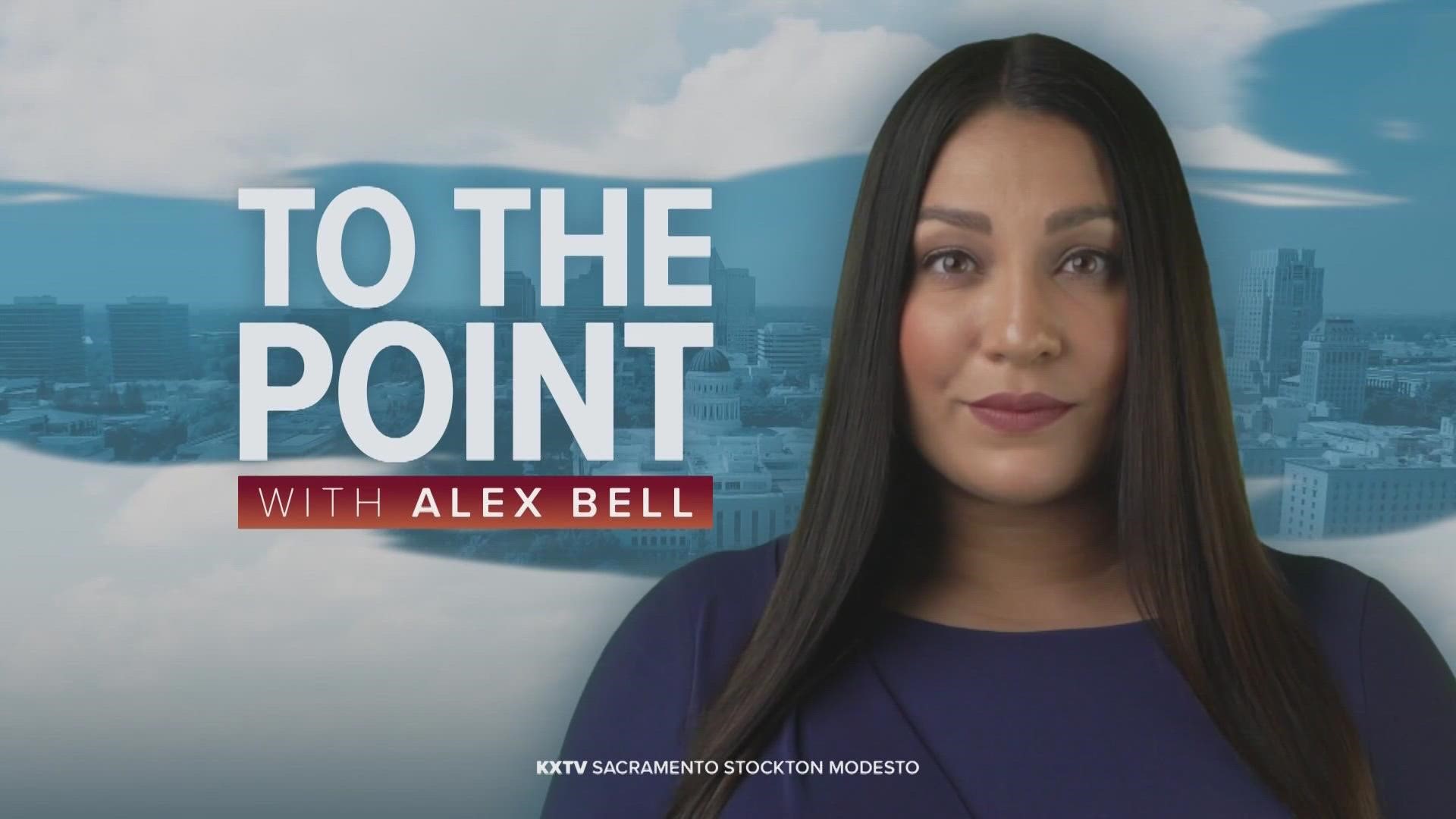SACRAMENTO, Calif. — School districts across California have experienced substantial decreases in enrollment since the 2019-2020 school year due to a variety of factors related to the impacts of the COVID-19 pandemic on students and families.
The state's average enrollment decline was 5% and the largest districts in the Sacramento region are seeing a similar trend.
Newly released data from the California Department of Education reveals a pattern of decreasing annual student enrollment in Sacramento City Unified School District (SCUSD), among other large districts, since the start of the pandemic.
Among the five largest school districts in the region, Stockton and Sacramento City Unified saw the largest rate of decline above the statewide average.
"This school district, along with school districts across the nation, felt that impact of losing students because of COVID," said Melinda Meza, director of communications for Stockton Unified. "Some students are not coming back, some students have had barriers to prevent them from coming back, and so we definitely saw it here."
Stockton Unified lost nearly 3,500 students over the last three school years. Meza says the district and many others made unrelenting efforts to get them back into the classroom.
"Our truancy outreach specialists visited more than 5,000 homes in the last six months going door-to-door to find out what the barriers were that was preventing them from coming back," said Meza. "Some of it was economic, some had food insecurity, some had transportation issues."
The pandemic's disruption and subsequent transition to remote learning left a lasting impact on students' home lives, as well as the trajectory of their education.
A 2021 report by the U.S. Department of Agriculture revealed the number of families experiencing food insecurity nationwide nearly doubled in the first year of the pandemic. It's a growing barrier school-aged children in socioeconomically disadvantaged regions, such as the Stockton district, are facing.
While districts like Stockton Unified continue efforts to get students back into the classroom, Sacramento City Unified — which has the highest rate of enrollment decline among these districts at 8.1% — has made its own efforts to combat the trend.
"To maximize enrollment within our attendance area, SCUSD has launched a new online resource called SchoolMint SchoolFinder," said SCUSD Communications Manager Al Goldberg in a statement. "This online resource will help families discover more information about Sac City Unified schools including Advanced Placement classes, academic supports, career pathways programs, student clubs, athletics, and parent involvement opportunities."
The Institute of Educational Sciences also says mental health impacts kept students from returning and/or learning efficiently.
The 2022 study revealed 87% of schools in the U.S. reported overwhelmingly negative effects on students' socio-emotional and behavioral development by the second school year into the pandemic.
An analysis by The Associated Press, Stanford University’s Big Local News project and Stanford education professor Thomas Dee found an increase in homeschool enrollment and population loss only accounted for about 26% of declining public school enrollment. About a third of other potential factors remain unexplained while nearly 230,000 students nationwide remain unaccounted for.
California accounted for more than 150,000 students of the 700,000 lost by public schools nationwide in the first two years of the pandemic.
Additionally, the California Department of Finance projects enrollment in Sacramento County schools will continually decrease by an estimated 6.4% over the next decade, while districts in San Joaquin County are projected to undergo an increase of 4.4%.
"Like many local districts, Sacramento City Unified has been preparing for a period of regional and statewide declining enrollment as projected by the California Department of Finance and California Department of Education," said Goldberg. "Currently, we are tracking bills in the State Legislature on how to best fund schools through this trend over the next several years."
Other districts did not respond to our request for comment but they, as well as the state, are also looking for solutions.



















